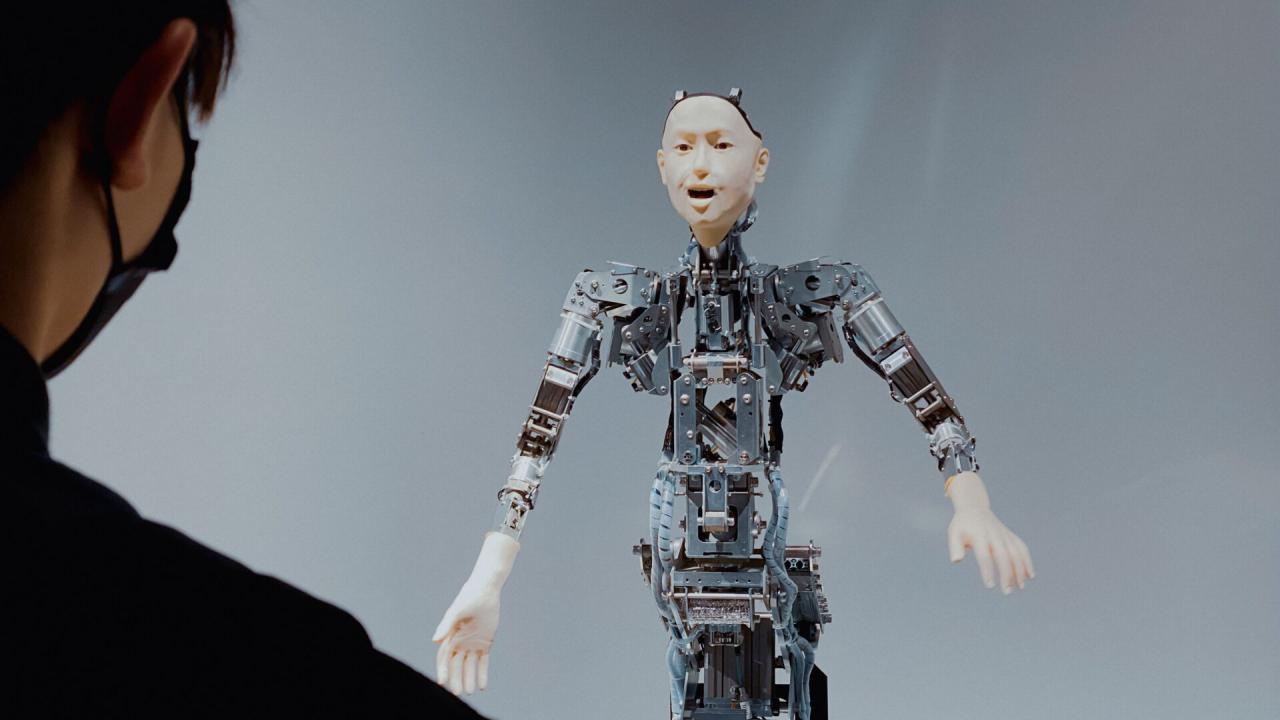Open ai status – OpenAI status is a hot topic, constantly evolving as this powerful AI research company pushes boundaries. This overview delves into OpenAI’s current operational capabilities, model performance, API status, research endeavors, public perception, and financial standing. We’ll explore recent events, future plans, and address common questions surrounding this influential player in the AI landscape. Get ready for an insightful look at the heart of AI innovation.
We’ll examine everything from the stability of their APIs and the performance of their language models to the ongoing research driving future advancements. We’ll also touch upon the public’s perception of OpenAI and the ethical considerations that come with such powerful technology. Understanding OpenAI’s current status is crucial for anyone involved in or interested in the future of artificial intelligence.
OpenAI’s Current Operational Status
OpenAI’s operational status reflects a dynamic environment of continuous development and improvement. The company manages a complex system encompassing powerful language models, a robust API, and ongoing research initiatives. This section details the current operational capabilities, recent disruptions, infrastructure, and capacity planning.
Wondering about OpenAI’s status? A big part of that involves checking if their flagship product is working correctly. So, before diving deeper into OpenAI’s overall health, it’s worth quickly checking if everything’s alright with ChatGPT by heading over to this site to see is chat gpt down. Once you’ve confirmed ChatGPT’s status, you can then move on to investigating the broader OpenAI service updates and announcements.
OpenAI’s Overall Operational Capabilities
OpenAI currently offers a suite of powerful language models accessible through its API, catering to diverse applications from content generation to code completion. The company maintains a large-scale infrastructure to support these services, continuously adapting to fluctuating demands. Operational excellence is a priority, with dedicated teams monitoring performance and addressing any issues promptly.
Recent Service Disruptions and Outages
While OpenAI strives for high availability, occasional service disruptions can occur due to factors such as unexpected surges in demand or planned maintenance. Specific details on recent outages are generally communicated through official channels like their status page or developer blog. Transparency regarding these incidents is crucial for maintaining user trust and informing developers about potential impact on their applications.
OpenAI’s status is constantly evolving, with new models and features appearing regularly. If you’re looking for some cool tech to pair with AI advancements, check out these amazing drone deals – they’re perfect for aerial photography or data collection projects that could benefit from AI processing. Getting back to OpenAI, keeping up with its progress is key to understanding the future of AI development.
Timeline of Significant Events Impacting OpenAI’s Operational Status (Last Year)
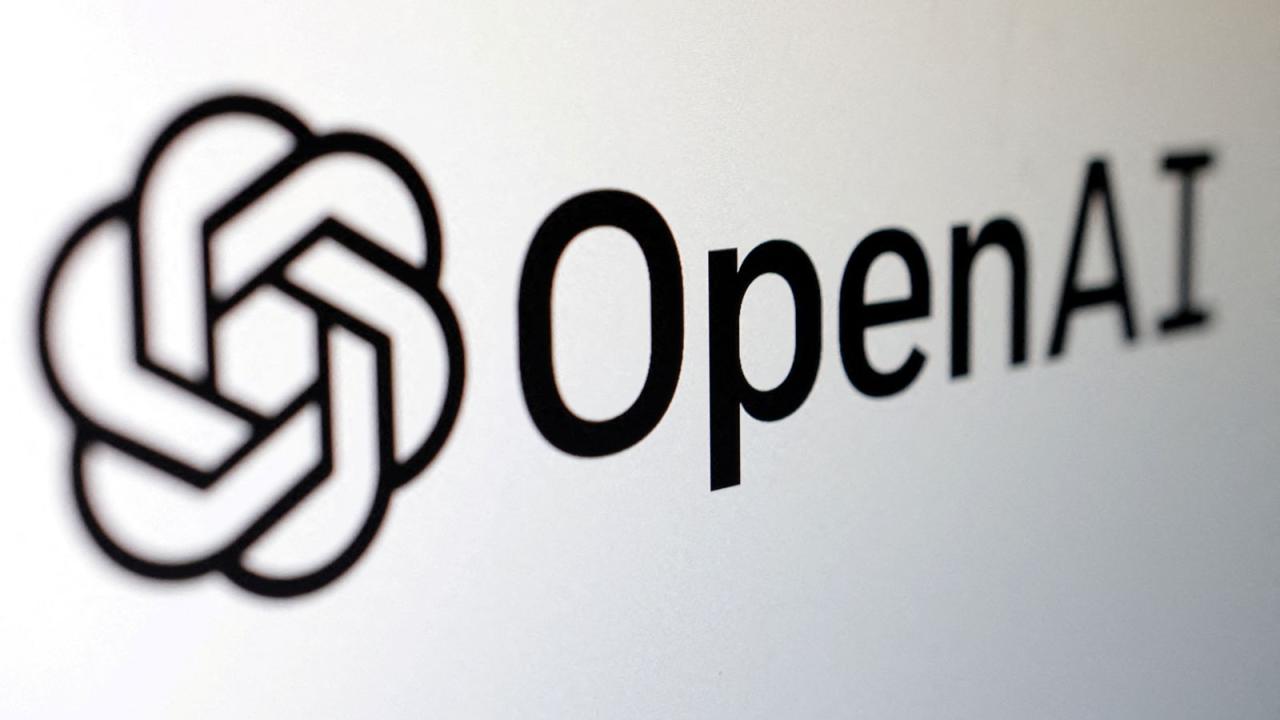
A precise timeline would require access to OpenAI’s internal records, which are not publicly available. However, general observations suggest periods of increased service demand correlating with new model releases or significant media attention. Any major outages or planned maintenance would typically be announced publicly through official communication channels.
OpenAI’s Current Infrastructure and Capacity, Open ai status
OpenAI utilizes a distributed, scalable infrastructure built on cutting-edge technologies. Precise details about the specifics of their hardware and software are generally not publicly disclosed for security and competitive reasons.
| Component | Status | Capacity | Planned Upgrades |
|---|---|---|---|
| Compute Clusters | Operational | High, dynamically scaled | Continuous optimization and expansion |
| Data Storage | Operational | Petabyte-scale | Improved data management and retrieval efficiency |
| Network Infrastructure | Operational | High-bandwidth, low-latency | Network redundancy and capacity enhancements |
| Model Deployment Systems | Operational | Supports multiple models concurrently | Automated deployment and rollback capabilities |
OpenAI’s Model Performance and Availability
OpenAI’s language models are continuously evaluated and improved. This section explores their performance metrics, availability, and limitations.
Performance Metrics of OpenAI’s Primary Language Models
OpenAI provides some performance metrics for its models, often focusing on benchmarks relevant to specific tasks like text generation or translation. These metrics are typically available in model documentation or research papers. However, comprehensive performance data isn’t always publicly released. Internal benchmarks are likely used for ongoing development and improvement.
Availability and Accessibility of Different OpenAI Models
The availability of OpenAI models varies depending on factors such as demand, model size, and access level (e.g., research access vs. general API access). Generally, more widely used models tend to be more readily accessible. New models are often introduced gradually to manage demand and ensure stability.
Response Times and Processing Speeds of Various OpenAI Models
Response times and processing speeds depend on several factors, including model size, input length, and current server load. Larger models generally require more processing power and may have longer response times. OpenAI’s API documentation often includes information on expected latency for different models.
Known Limitations and Constraints in Current OpenAI Model Offerings
All language models have limitations. OpenAI’s models can sometimes generate inaccurate, biased, or nonsensical outputs. These limitations are actively being addressed through ongoing research and model improvements. Transparency about these limitations is crucial for responsible model usage.
OpenAI’s API Status and Usage: Open Ai Status
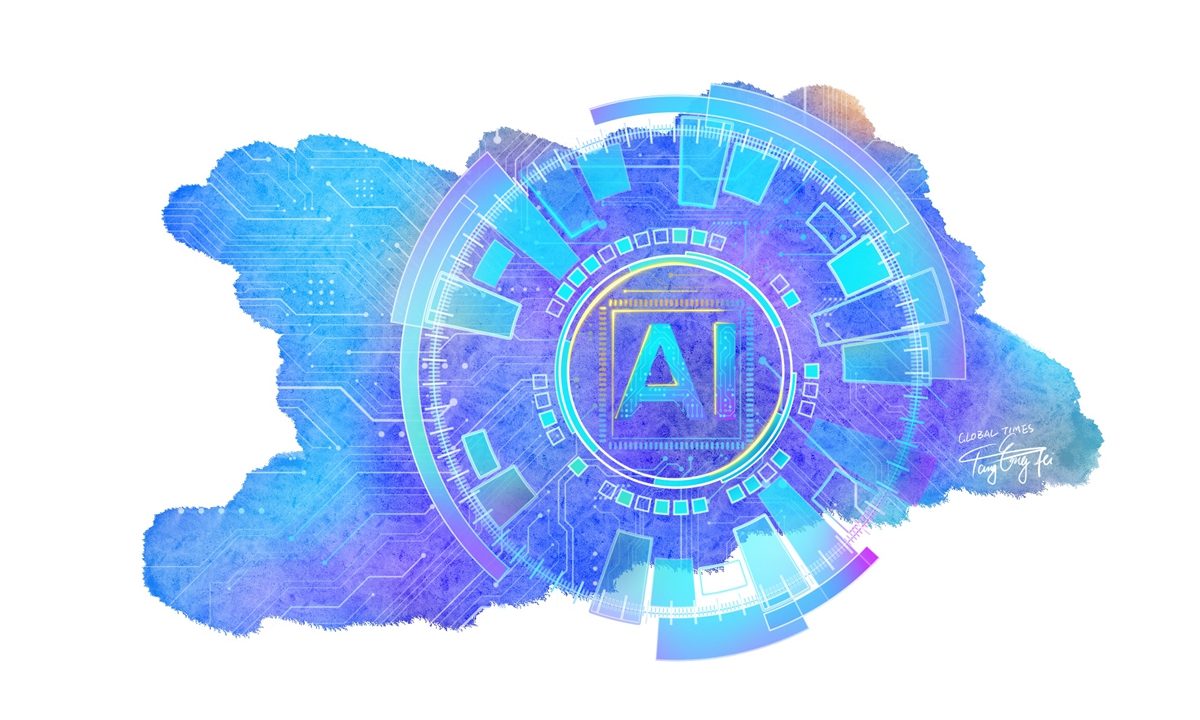
The OpenAI API is a crucial component of OpenAI’s ecosystem, enabling developers to integrate its powerful language models into their applications. This section examines its current status, updates, and best practices.
Current Status of the OpenAI API, Including Limitations and Restrictions
The OpenAI API generally maintains high availability, but occasional disruptions or rate limits may occur. Specific limitations may apply based on usage tiers or specific model capabilities. The OpenAI API documentation provides detailed information on current status, rate limits, and any restrictions.
Recent API Updates and Changes
OpenAI regularly updates its API with new features, model improvements, and bug fixes. These updates are announced through official channels, including their blog and API documentation. Developers should regularly check for updates to ensure they are using the latest version of the API and leveraging the most recent improvements.
Hypothetical Scenario Illustrating the Impact of API Downtime on a Dependent Application
Imagine a chatbot application relying entirely on the OpenAI API for natural language processing. API downtime would render the chatbot unusable, leading to user frustration and potential loss of revenue. This highlights the importance of robust error handling and fallback mechanisms for applications dependent on external APIs.
Best Practices for Developers Utilizing the OpenAI API to Mitigate Potential Issues
- Implement robust error handling and fallback mechanisms.
- Monitor API usage and performance closely.
- Utilize rate limiting strategies to avoid exceeding API quotas.
- Stay updated on API changes and announcements.
- Consider caching frequently accessed data to reduce API calls.
OpenAI’s Research and Development Activities
OpenAI’s research is a driving force behind its advancements in AI. This section explores its current research priorities, breakthroughs, and potential future applications.
OpenAI’s Current Research Priorities and Ongoing Projects
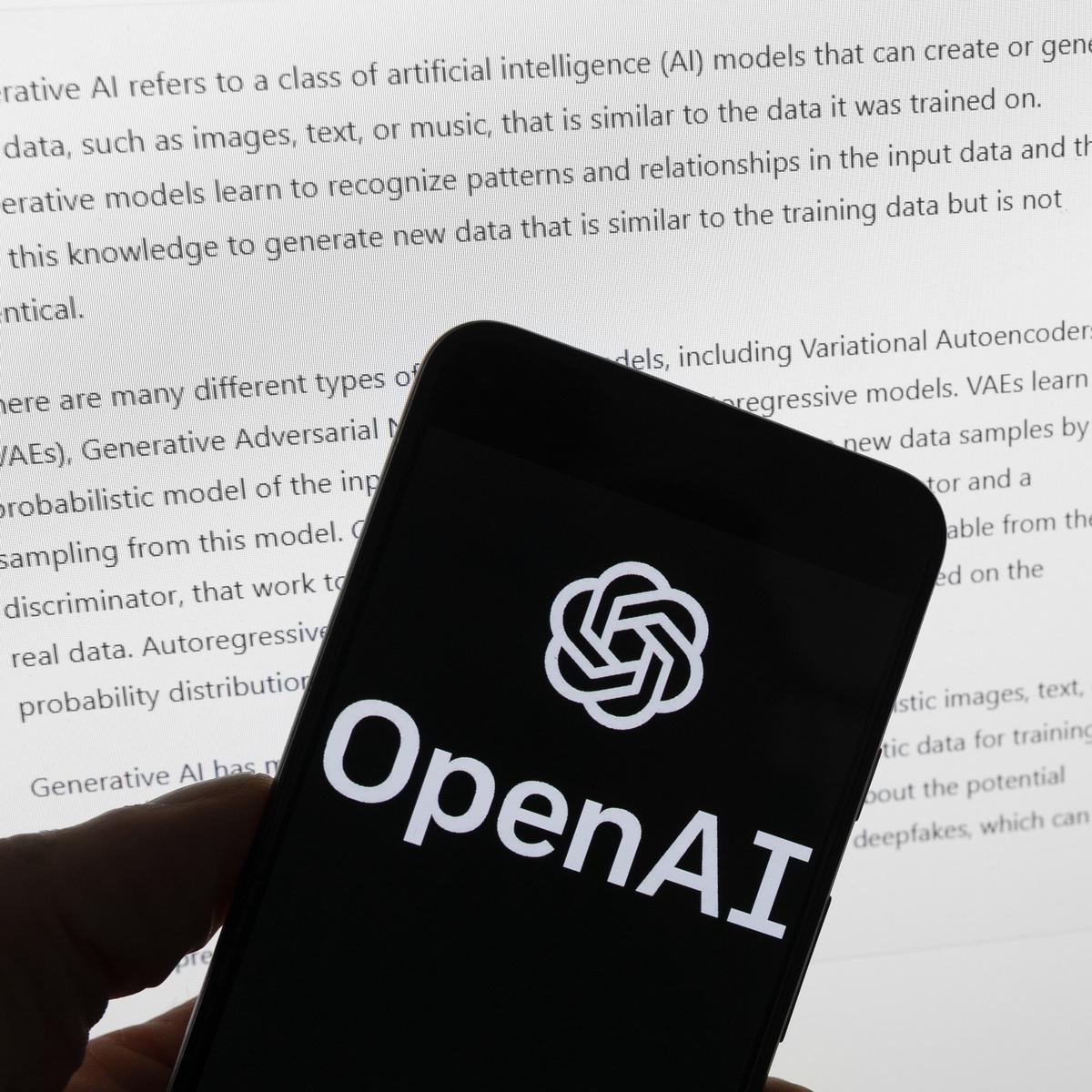
OpenAI’s research focuses on areas such as improving model safety, reducing bias, enhancing efficiency, and exploring new architectural approaches for language models. Specific projects are often detailed in research papers and blog posts published by OpenAI. Their research agenda reflects a commitment to responsible AI development.
Recent Breakthroughs and Advancements in OpenAI’s Research
OpenAI regularly publishes research papers detailing advancements in areas like model scaling, training techniques, and safety mechanisms. These advancements often translate into improvements in the performance and capabilities of their language models. Specific examples would require reviewing their recent publications.
Potential Impact of OpenAI’s Current Research on Future Model Capabilities
Ongoing research is expected to lead to more powerful, efficient, and safe language models. This includes improvements in reasoning abilities, context understanding, and the ability to handle complex tasks. The long-term goal is to develop AI systems that are both beneficial and safe for humanity.
Potential Future Applications of OpenAI’s Technologies
- Advanced language translation and interpretation
- Personalized education and tutoring systems
- Improved healthcare diagnostics and treatment planning
- Enhanced scientific discovery and research
- More efficient and creative content creation tools
OpenAI’s Public Perception and Reputation
OpenAI’s public image is shaped by its technological advancements, ethical considerations, and overall communication strategy. This section examines its current public perception and addresses significant controversies.
Current Public Perception and Reputation of OpenAI
OpenAI generally enjoys a strong reputation in the AI community, recognized for its pioneering research and the development of influential language models. However, this positive perception is not without its challenges, as discussed below.
Significant Controversies and Criticisms Surrounding OpenAI
Concerns surrounding the potential misuse of its technology, biases in its models, and the broader ethical implications of advanced AI are common criticisms. OpenAI actively engages in discussions around these issues, acknowledging the need for responsible development and deployment of AI.
Impact of Recent News and Events on OpenAI’s Public Image
Recent news and events, both positive and negative, can significantly influence OpenAI’s public image. Positive achievements, such as the release of new models with improved capabilities, generally enhance its reputation. Conversely, negative events, such as controversies related to model biases or safety concerns, can negatively impact public perception.
How OpenAI’s Actions Affect Its Overall Reputation in the AI Community
OpenAI’s commitment to transparency, responsible AI development, and community engagement significantly influences its reputation. Proactive measures to address ethical concerns and engage in open dialogue with the public and the AI community are crucial for maintaining a positive image.
OpenAI’s status is usually pretty stable, but sometimes a slow response could be due to your internet connection. If you’re experiencing issues, a quick check might be in order; learn how to check if you’re on the 2.4GHz or 5GHz band by following this guide: how to check your wifi ghz on iphone. A strong 5GHz connection can really improve your OpenAI experience, so give it a try!
OpenAI’s Business and Financial Status
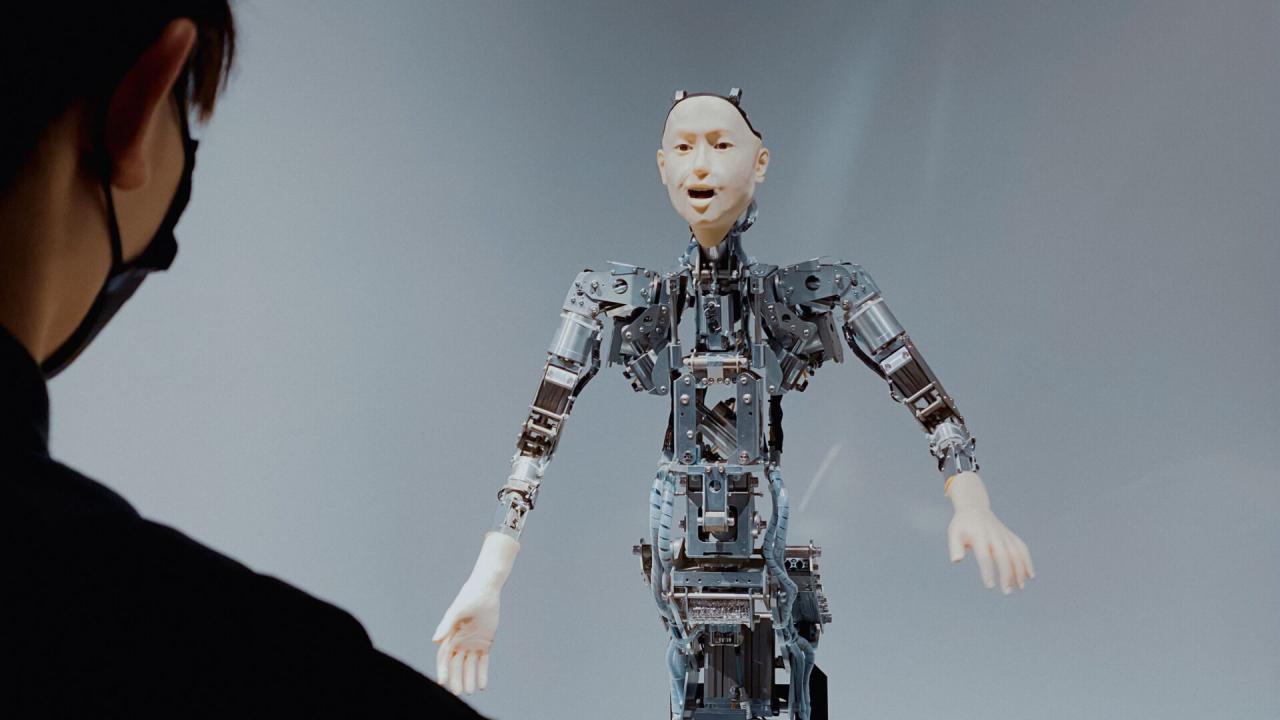
OpenAI’s business model, financial performance, and strategic partnerships are essential aspects of its overall operational landscape. This section provides an overview of these key elements.
OpenAI’s Current Financial Performance
Specific financial details about OpenAI’s performance are generally not publicly available. However, it’s understood that the company is heavily invested in research and development, with revenue streams likely derived from API usage and potential future commercial applications of its technologies.
OpenAI’s Business Model and Revenue Streams
OpenAI’s primary revenue stream is likely through its API, charging developers based on usage. Future revenue streams could involve licensing its technologies or developing commercial products based on its research. The company’s long-term strategy likely involves a mix of open-source contributions and commercial ventures.
OpenAI’s Partnerships and Collaborations with Other Companies
OpenAI collaborates with various organizations and companies across different sectors. These partnerships provide access to resources, expertise, and potential markets for its technologies. Specific partnerships are usually announced publicly through official channels.
OpenAI’s Future Business Plans and Strategies
OpenAI’s future business plans likely involve expanding its API offerings, developing new AI models, and exploring new applications for its technologies. The company is also likely to continue investing heavily in research and development to maintain its position at the forefront of AI innovation. Long-term success will depend on navigating the ethical considerations of advanced AI while maintaining a sustainable business model.
Last Word
OpenAI’s status reflects a dynamic interplay of technological advancement, ethical considerations, and market forces. While challenges remain, OpenAI’s continuous innovation and significant impact on the AI field are undeniable. Staying informed about its progress is vital for understanding the trajectory of AI development and its profound effects on our world. The future of AI, in many ways, hinges on OpenAI’s continued success and responsible development.
Question Bank
What is OpenAI’s primary source of revenue?
OpenAI’s revenue primarily comes from API usage fees and partnerships with various businesses.
How does OpenAI address ethical concerns related to its AI models?
OpenAI actively engages in research on AI safety and alignment, and implements safety measures to mitigate potential risks associated with its models. They also have a public policy team focused on responsible AI development.
What are the biggest challenges currently facing OpenAI?
OpenAI faces challenges in managing the computational costs of training large language models, ensuring the safety and ethical use of its technology, and maintaining its competitive edge in a rapidly evolving AI market.
What are some examples of OpenAI’s collaborations with other companies?
OpenAI has partnered with various companies across different sectors, including Microsoft (a major investor), for research, development, and deployment of AI technologies. Specific collaborations often aren’t publicly detailed due to confidentiality agreements.
